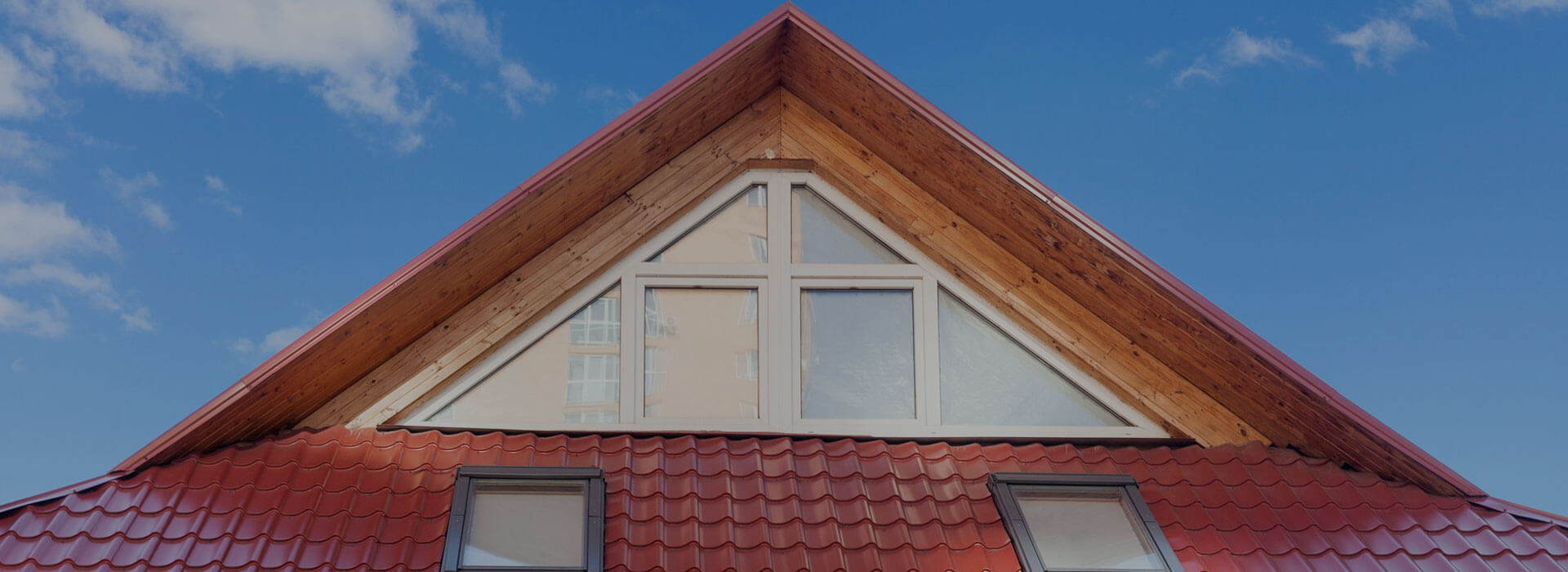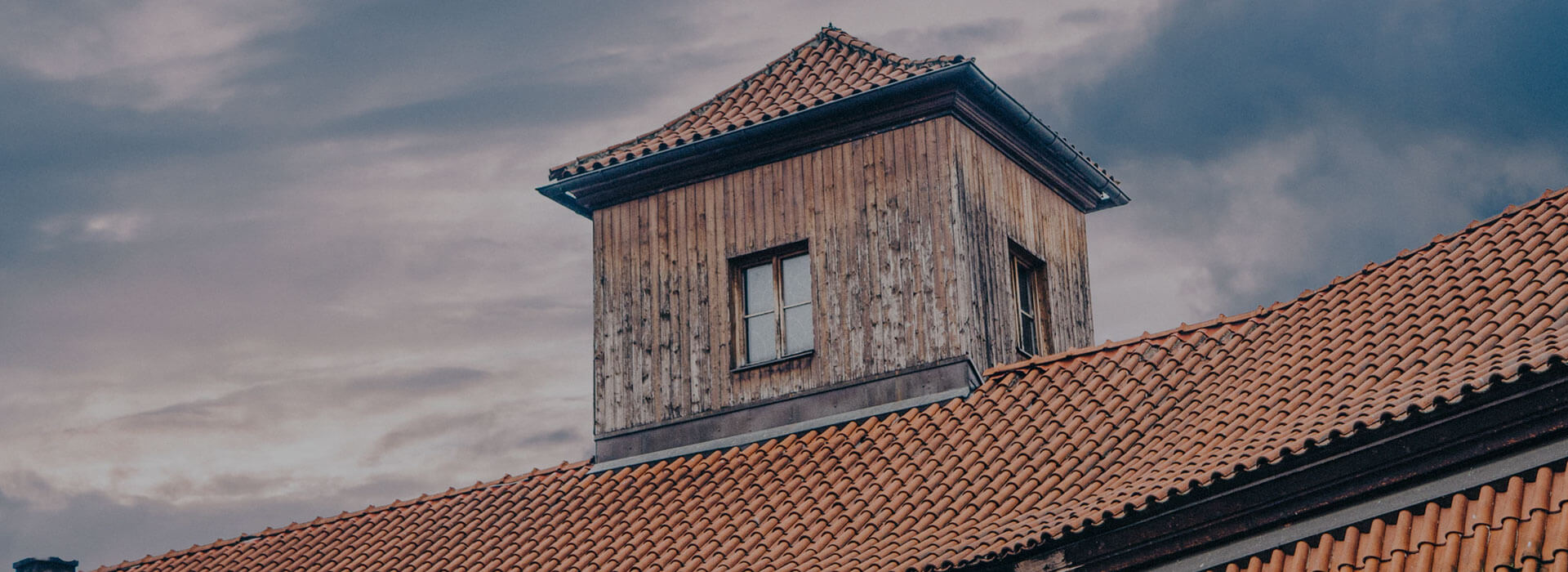Understanding Gutter Installation Angle for Optimal Performance
Introduction to Gutter Installation
Proper gutter installation is crucial for protecting your home from water damage. One of the key factors in effective gutter installation is the angle, or pitch, at which the gutters are installed. This angle ensures that water flows efficiently towards the downspouts, preventing overflow and damage.
The Importance of Gutter Installation Angle
Why Angle Matters
The angle of your gutters affects how well water is directed away from your roof and foundation. An incorrect angle can lead to standing water, overflow, and eventually damage to your home's structure.
How to Measure the Correct Angle
Typically, gutters should have a slope of 1/4 inch for every 10 feet. This ensures water flows smoothly without pooling. A proper angle helps maintain the longevity and effectiveness of your gutters.
- Use a level to check the slope.
- Measure from the high point of the gutter to the downspout.
- Adjust brackets as necessary to achieve the correct angle.
Steps for Installing Gutters at the Right Angle
- Plan and Measure: Before installation, plan the layout and measure the length of your roofline.
- Mark the Slope: Mark the slope using a chalk line to ensure a consistent angle across the entire length.
- Install Brackets: Secure gutter brackets according to your marked slope, maintaining the necessary angle.
- Attach Gutters: Carefully attach the gutter sections to the brackets, ensuring they follow the slope.
- Check for Accuracy: Use a level to verify the angle and make adjustments if needed.
For professional assistance, consider reaching out to gutter services near me to ensure your installation is flawless.
Common Mistakes and Solutions
Many homeowners make errors during gutter installation, particularly regarding the angle. Here are some common mistakes and how to avoid them:
- Insufficient Slope: This can lead to water pooling. Ensure you maintain at least a 1/4 inch slope per 10 feet.
- Excessive Slope: While a slope is necessary, too much can cause water to rush, leading to overflow. Balance is key.
- Ignoring Roof Pitch: Match the gutter angle with the roof pitch for optimal water diversion.
Additional Considerations
Aside from the angle, consider other factors such as gutter material and local climate. These elements can affect the durability and performance of your gutters. Understanding the gutter install cost can also help you budget effectively for both materials and professional services.
FAQ Section
What is the ideal angle for gutter installation?
The ideal angle is a 1/4 inch slope for every 10 feet. This ensures efficient water flow towards the downspouts.
Can I install gutters without any angle?
No, installing gutters without a slope can lead to water pooling and overflow, which may cause damage to your home.
How can I check if my gutters are at the correct angle?
Use a level to check the slope of your gutters. Adjust the brackets as necessary to maintain the appropriate angle.
Gutter slope is the amount by which the gutters slant downwards along the path of the water flow. The gutter angle on your home may seem ...
I've been in roofing for a decade, and I've heard all of those same slopes. I tell homeowners that it is usually between 1/4" and 1/2" per 10 ...
Gutter slope should be a maximum of 1/4 inch fall per 10 foot of gutter. Anything more than a 1/4 inch is going to make your home look crooked and poorly built.
Our Services
Gutter Installation (Seamless or Sectional)
Professional installation of custom-fit seamless or pre-cut sectional gutters to match your home’s needs.
Gutter Replacement
Removal of old or damaged gutters and replacement with a new, durable system for optimal performance.
Gutter Guard Installation
Protect your gutters from leaves and debris with efficient gutter guard systems that reduce maintenance.
Gutter Cleaning
Thorough removal of debris and buildup to ensure proper water flow and prevent clogs or overflow.
Downspout Installation and Redirection
Installation or adjustment of downspouts to guide rainwater safely away from your foundation.
Fascia and Soffit Repair or Replacement
Repair or replace damaged fascia and soffits to protect your roofline and enhance curb appeal.
Gutter Repair and Resealing
Fixing leaks, sagging, and other issues with resealing and reinforcement for longer-lasting gutters.
Rainwater Harvesting System Setup
Install eco-friendly systems to collect and store rainwater for landscaping or household use.
How It Works
 |
Request a QuoteFill out a simple form or contact us to get a free, no-obligation estimate based on your home’s needs and location. |
 |
On-Site ConsultationOur expert will visit your property to assess your gutter requirements, take measurements, and help choose the best solution. |
 |
InstallationOur professional team installs your new gutters quickly and efficiently, ensuring a perfect fit and long-lasting performance. |
Types Of Gutters
By Material:
Aluminum Gutters
- Lightweight, rust-resistant, affordable
- Can be seamless
- Most popular choice
Vinyl Gutters
- Inexpensive, easy DIY installation
- Not ideal for extreme temperatures
- Can crack over time
Steel Gutters
- Very strong, good for heavy snow areas
- Can rust if not galvanized
- Heavier and more expensive
Copper Gutters
- High-end, long-lasting, corrosion-resistant
- Develops a patina over time (greenish look)
- Expensive and often used on luxury homes
Zinc Gutters
- Durable, corrosion-resistant, long lifespan
- Similar to copper in price and aesthetics
- Requires professional installation
Galvanized Steel Gutters
- Coated to resist rust, but can corrode over time
- Stronger than aluminum
- Needs regular maintenance
By Shape/Style (Profile):
K-Style Gutters
- Flat back and decorative front (looks like crown molding)
- Most common in residential use
- Holds more water than half-round gutters
Half-Round Gutters
- Rounded, U-shaped design
- Often used on older or historic homes
- Less prone to clogging, but hold less water
Box Gutters
- Square or rectangular, integrated into the roof structure
- Common in commercial buildings
- Larger capacity, ideal for flat roofs or high rainfall areas
By Installation Method:
Seamless Gutters
- Custom-cut on-site from a single piece of material
- Fewer joints = less chance of leaks
- Typically aluminum
Sectional Gutters
- Sold in pieces and assembled on-site
- More joints = higher leak potential
- Easier to install yourself


